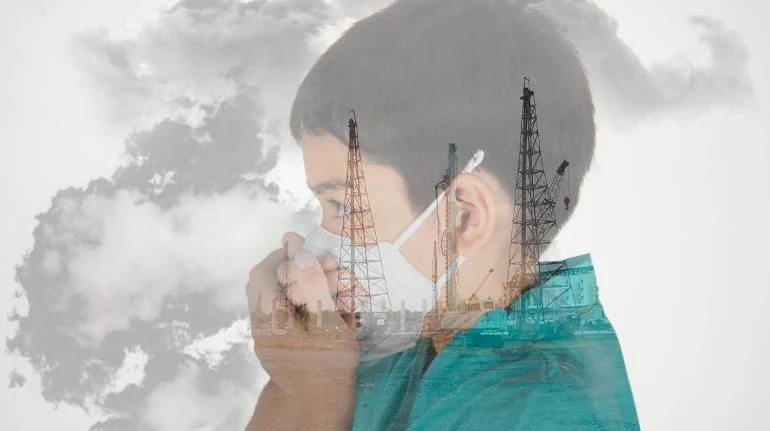Air pollution is a global environmental issue that poses a significant threat to human health. It is the presence of harmful substances in the air, primarily caused by human activities such as industrial processes, transportation, and energy production. While air pollution can take various forms, including particulate matter, gases, and chemicals, its impact on health is undeniable. In this article, we will explore why air pollution is a severe threat to health and the various ways it can affect individuals and communities.
- Respiratory Problems:
One of the most immediate and noticeable effects of air pollution is on the respiratory system. Exposure to pollutants like fine particulate matter (PM2.5) and ground-level ozone can lead to breathing difficulties, aggravate pre-existing conditions like asthma and bronchitis, and even cause lung infections.
- Cardiovascular Issues:
Air pollution is closely linked to cardiovascular diseases. Fine particulate matter and other pollutants can enter the bloodstream, leading to inflammation, oxidative stress, and the narrowing of blood vessels. This can increase the risk of heart attacks, strokes, and other heart-related conditions.
- Reduced Lung Function:
Prolonged exposure to air pollution, especially in children, can lead to reduced lung growth and lung function. This not only affects physical well-being but can also lead to long-term health problems.
- Cancer Risk:
Certain air pollutants, such as benzene and formaldehyde, are classified as carcinogens. Prolonged exposure to these substances in polluted air can increase the risk of lung cancer and other types of cancer.
- Neurological Effects:
Emerging research suggests that air pollution may have adverse effects on the nervous system. Some studies have linked exposure to air pollutants to cognitive decline and neurodevelopmental disorders in children.
- Pregnancy Complications:
Pregnant women exposed to air pollution may face increased risks of complications such as preterm birth, low birth weight, and developmental issues in their children. Pollutants can also affect fetal development.
- Premature Death:
Air pollution is a leading cause of premature death worldwide. The World Health Organization estimates that millions of people die prematurely each year due to air pollution-related illnesses.
- Vulnerable Populations:
Vulnerable populations, such as children, the elderly, and individuals with pre-existing health conditions, are more susceptible to the harmful effects of air pollution. They often experience more severe health problems when exposed to polluted air.
- Quality of Life:
Air pollution can significantly reduce the quality of life. People living in areas with high pollution levels may experience chronic health issues, limitations in physical activities, and a reduced sense of well-being.
- Environmental Impact:
- Air pollution doesn’t just affect human health; it also harms the environment. Pollutants can damage ecosystems, harm wildlife, and contribute to climate change.
- Economic Consequences:
- The health impacts of air pollution result in substantial economic costs, including healthcare expenses, lost productivity, and increased mortality rates. These costs can strain healthcare systems and hinder economic development.
- Long-term Effects:
- The full extent of air pollution’s impact may not be immediately evident, as many health problems can develop over years or decades of exposure. This underscores the importance of proactive measures to reduce pollution.
In conclusion, air pollution is a grave threat to health, with far-reaching consequences for individuals, communities, and societies as a whole. Addressing this issue requires a concerted effort at the local, national, and global levels. Measures such as reducing emissions from industrial sources, transitioning to cleaner energy sources, promoting public transportation, and implementing stricter environmental regulations are essential steps in mitigating the health risks associated with air pollution. By taking action to combat air pollution, we can protect the well-being of current and future generations and create a healthier and more sustainable world.
